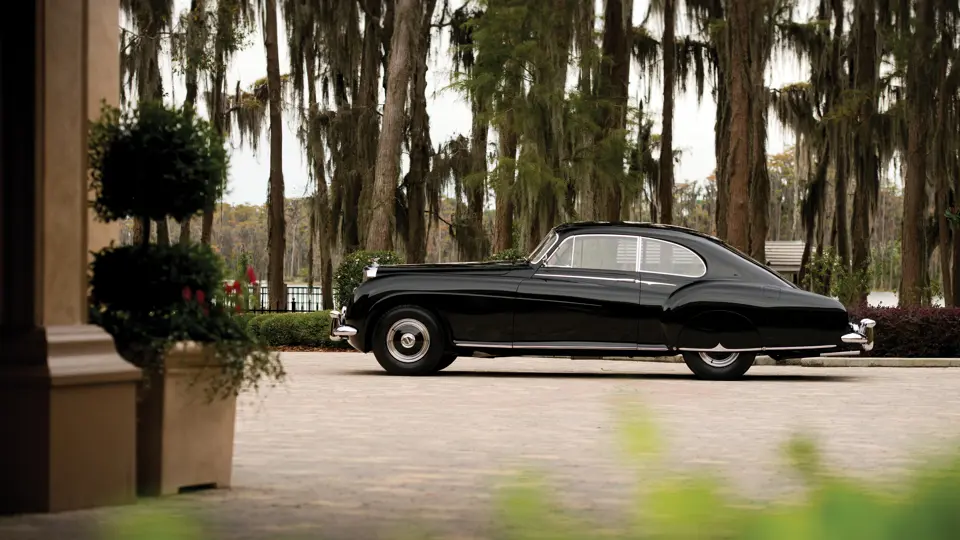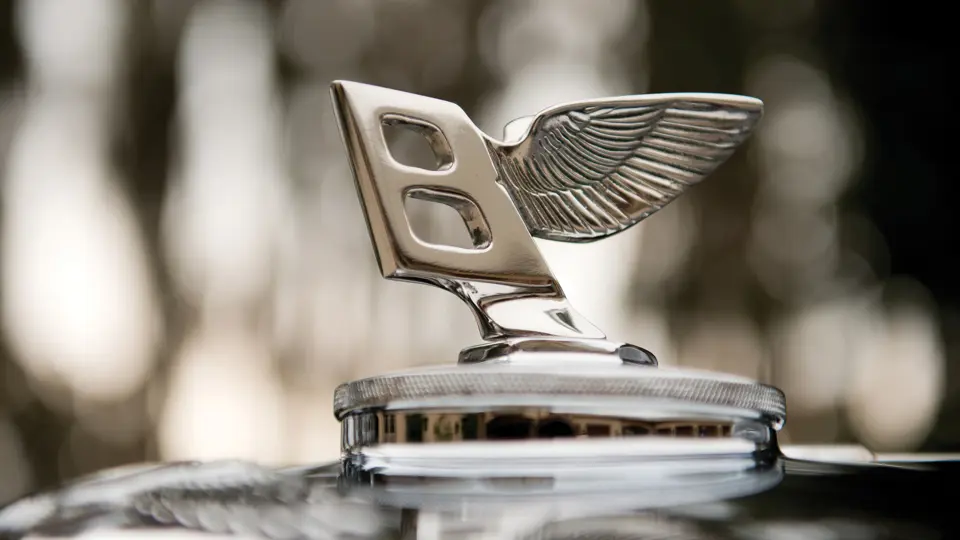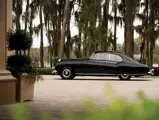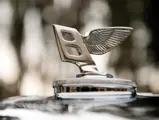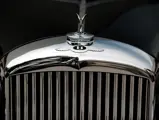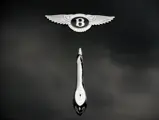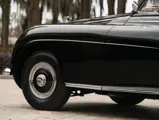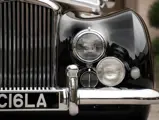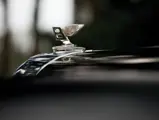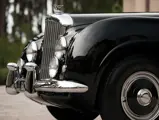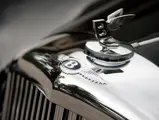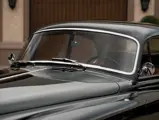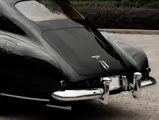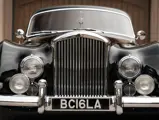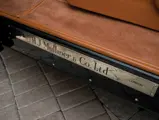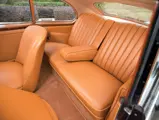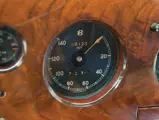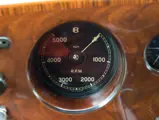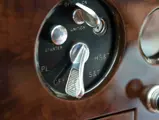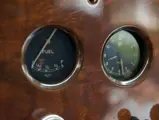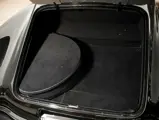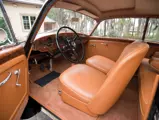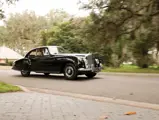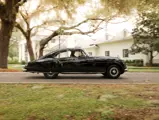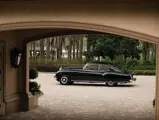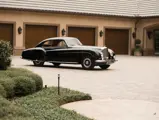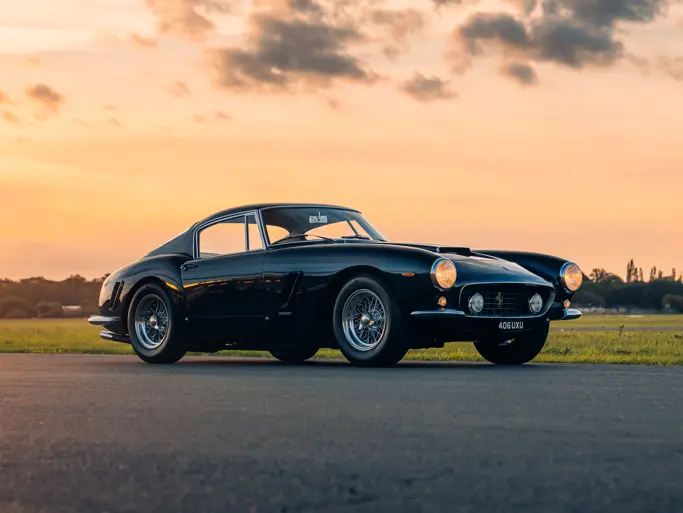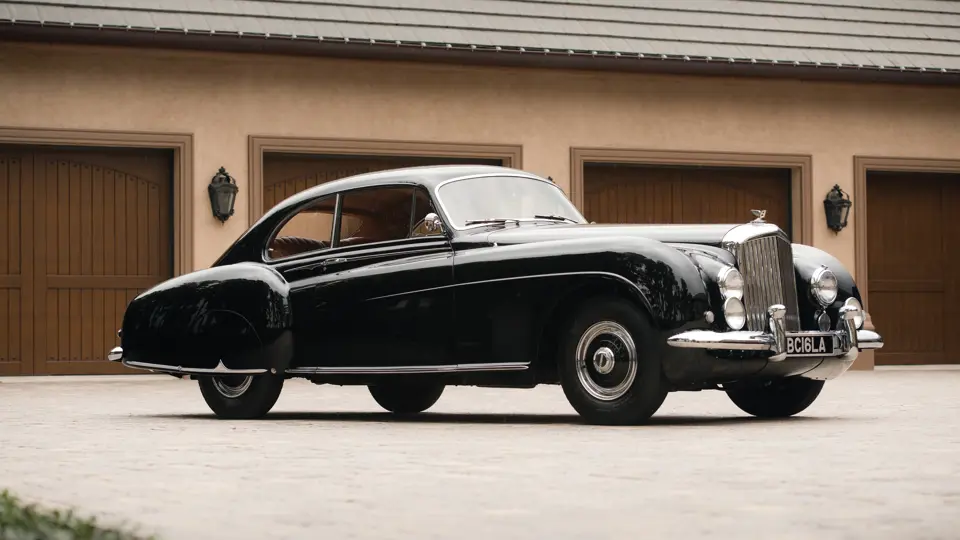
1953 Bentley R-Type Continental Sports Saloon by H.J. Mulliner
{{lr.item.text}}
$1,525,000 USD | Sold
{{bidding.lot.reserveStatusFormatted}}
- A factory left-hand-drive example with “seats and spats”
- Important special features, including a center-mounted gearshift
- Formerly owned by Glenn Mounger and James Patterson
- Exquisitely restored, with 68,000 actual miles
- One of the finest in existence
178 bhp, 4,887 cc inlet-over-exhaust six-cylinder engine with two SU carburetors, four-speed manual gearbox, independent wishbone front suspension with coil springs and an anti-roll bar, rear live axle with semi-elliptic leaf springs, and four-wheel mechanical servo braking system with hydraulic front and mechanical rear brakes. Wheelbase: 120 in.
Even after becoming the “Silent Sports Car” in the mid-1930s, Bentley held tight to its performance heritage. Later in the decade, the company began experimenting with aerodynamic designs, eventually evolving the Georges Paulin-designed Corniche prototype of 1940. The Corniche did not survive World War II, but its spirit did, and after the war, it evolved into H.I.F. Evernden and J.P. Blatchley’s R-Type Continental, “a car which would not only look beautiful but possess a high maximum speed, coupled with a correspondingly high rate of acceleration, together with excellent handling and roadability.”
H.J. Mulliner was contracted to design and build the prototype Continental, which was based on the frame, suspension, steering, and braking components of a standard R-Type. The body, window, and seat frames were built of light alloy, resulting in a four-passenger body that weighed only 750 pounds, totaling to less than 4,000 pounds when mated to the chassis. After extensive road tests in France, the prototype’s gearbox overdriven top gear was found to be unsuitable for the rpms offered by the engine, so it was replaced by a direct-ratio top gear and lower axle ratio, which was a combination that proved best for both high-speed touring and well-spaced gear changes for city driving.
Of the 207 production Continentals built between May 1952 and April 1955, Mulliner would body 193 of them to variations of their prototype design, which was dubbed the Sports Saloon. The Mulliner-bodied R-Type Continental created a space for itself that was unique. It combined the swiftness of a Ferrari, the driver-friendly agility of an Alfa Romeo, and the luxuriant comfort of a Rolls-Royce in one elite, built-to-order package that cost $18,000. In the early 1950s, there was no other automobile quite like it in the world, which made it a “must-have” for the burgeoning jet set. In the words of Autocar magazine, it was “a modern magic carpet.”
The chassis number of the car offered here, BC16LA, identifies it as having been the 15th R-Type Continental produced as part of the inaugural A-series and as a left-hand-drive model; it was one of only twenty-four Continentals built in 1953. Its original build paperwork, copies of which are included on file, note that it was ordered with an extensive list of special features, with the most prominent being the special H.J. Mulliner lightweight seat frames, sealed-beam headlamps, high-frequency horns, fog lamps in front of the standard center driving lamp, and American flasher-type turn indicators, which were fitted using a steering-wheel-mounted stalk. Unusually, the Wilmot Breedon “export”-type steel bumpers were noted to be fitted an inch further forward than standard. The definitive register of the model, published by Stanley Sedgwick, notes this as being the first car with the optional center gear change, rather than the standard steering column-mounted shift lever.
Following final testing, chassis number BC16LA was shipped to San Francisco via the S.S. Loch Garth on January 15, 1953, for display by West Coast dealer Kjell Qvale. Its original owner, Svante Magnus Swenson, was the heir to an extensive fortune that had been earned from the magic combination of Texas ranching and New York banking and was also a lifelong Rolls-Royce/Bentley customer who had been the first owner of several enviable automobiles, including many of the most desirable coachbuilt Springfield Phantoms. Swenson returned the car to England in 1954 and then flew it to Le Touquet, France, on April 26, 1954, as is recorded in the factory records.
In 1965, the car was retrofitted with an updated larger engine of a 3¾-inch bore, and the original engine, BCA15, is reported to have been installed in another chassis. The car eventually found its way into storage, where it remained for many years before being sold to respected collector and past chairman of the Pebble Beach Concours d’Elegance Glenn Mounger, who directed its painstaking recommissioning. Later, the car was sold to renowned enthusiast James Patterson before joining its current home. Today, it glistens in black over brown and is in thoroughly excellent condition, from its remarkably deep, excellent finish to its tight leather interior and sparkling chrome. Most importantly, under the hood, engine BCA15 is once again found, indicating either incorrect previous registry data or a reinstallation of the original powerplant.
The combination of a smooth, powerful, no-nonsense inline six, coupled with a silky smooth gearbox and responsive handling, results in a car that is as pleasant to drive as it is to view. There are few 60-year-old cars that can maintain a cruising speed of 100 mph without undue stress or trouble, and the R-Type Continental is one of them. One is offered here, immaculately restored, in its ultimate form.




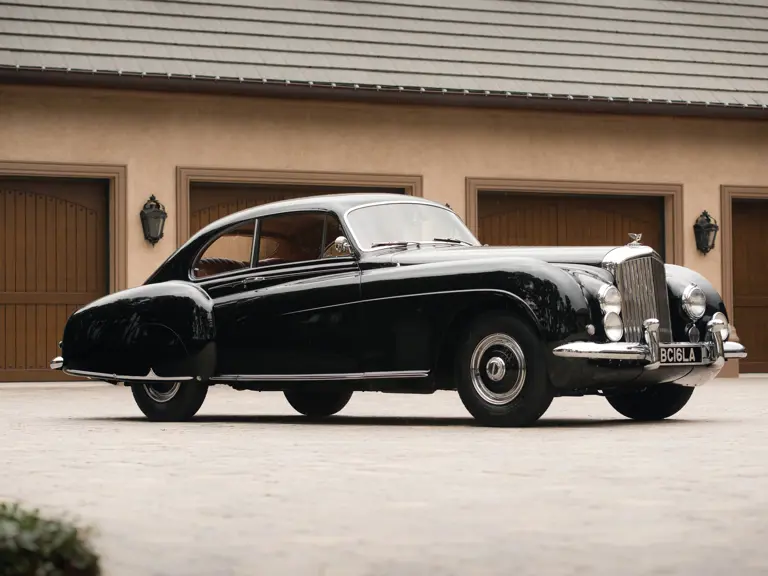
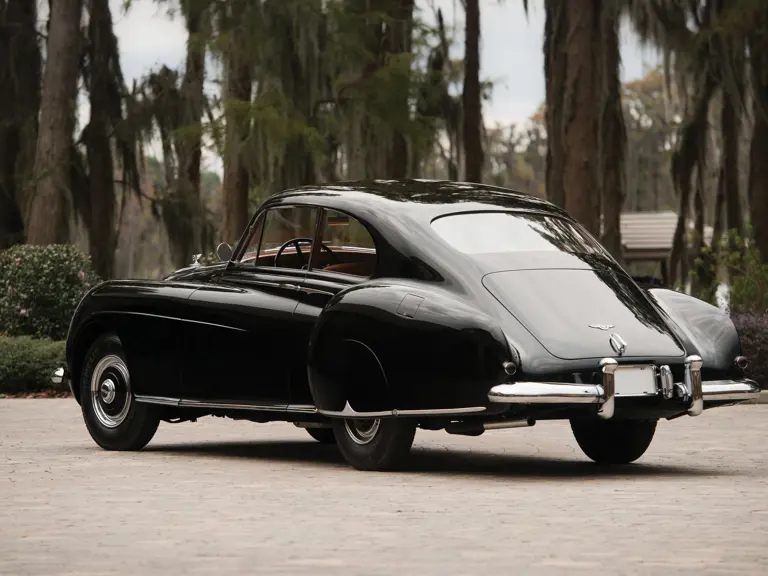
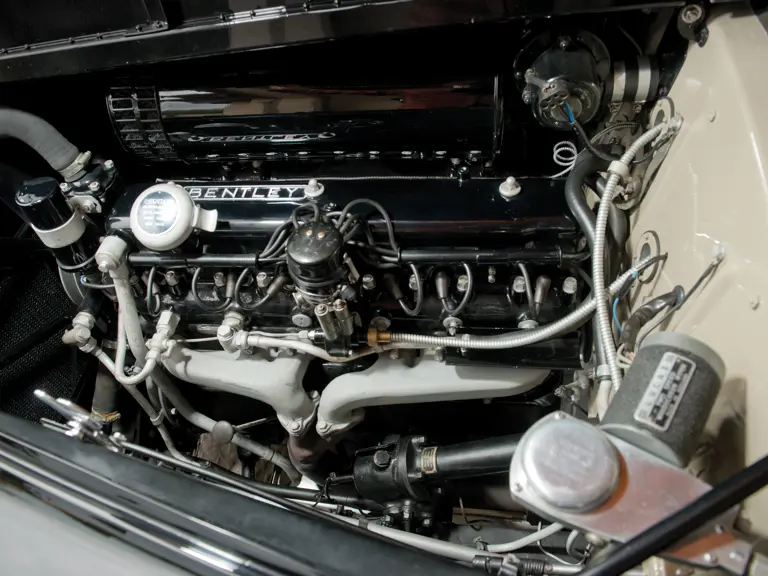

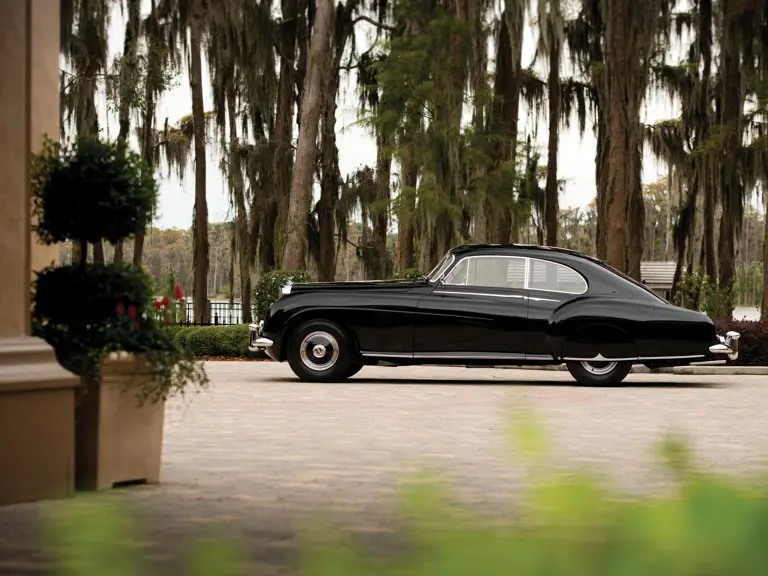
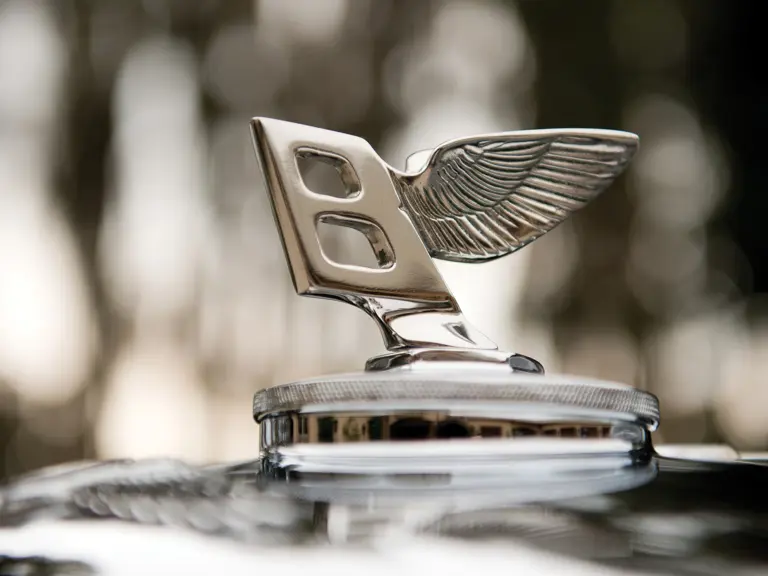
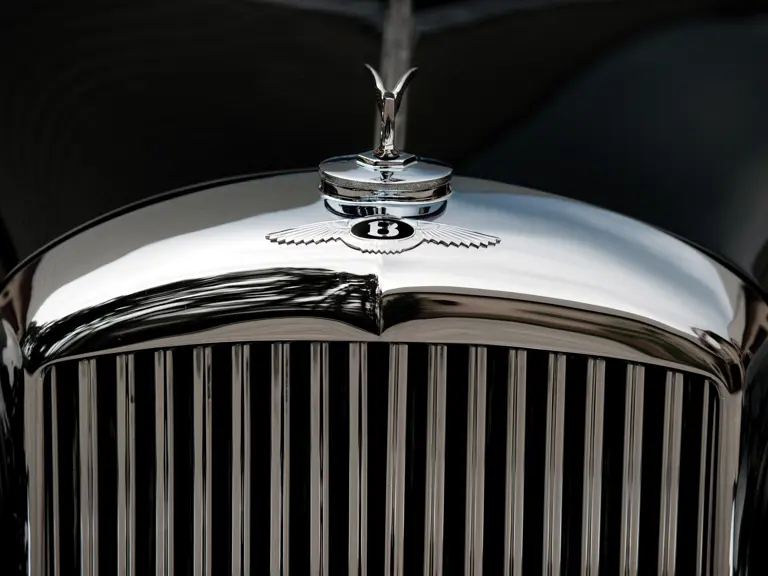
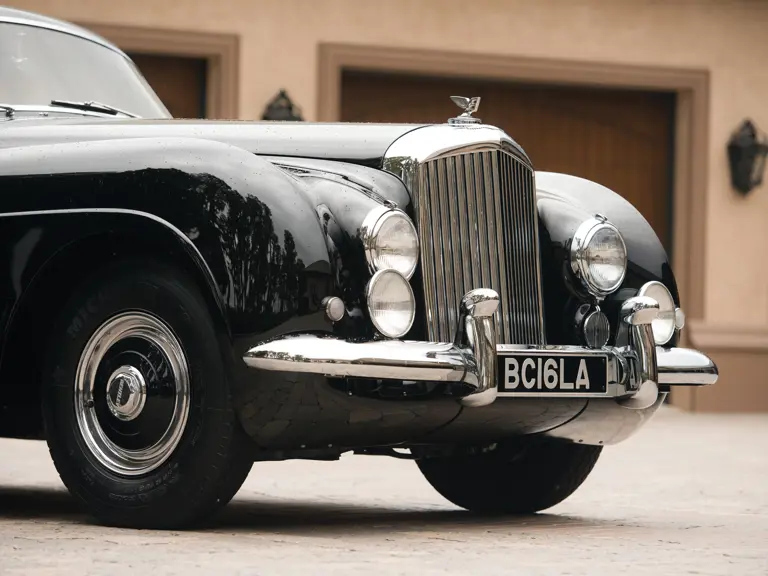
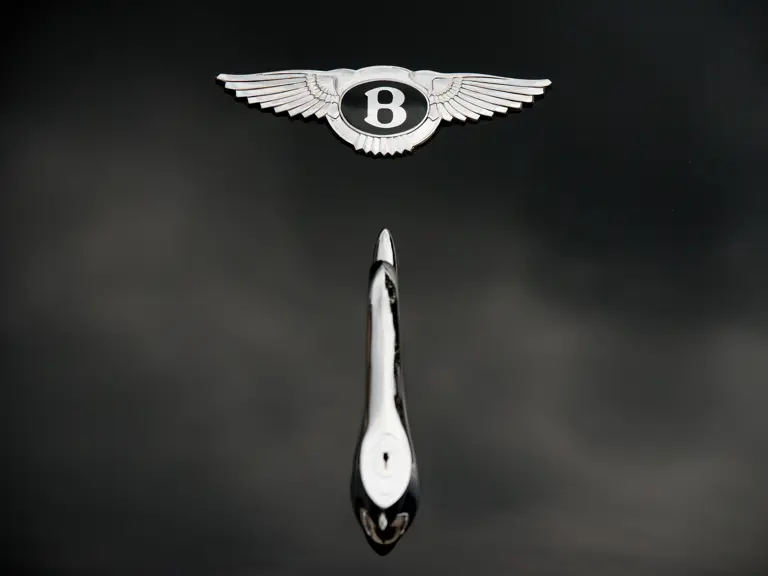
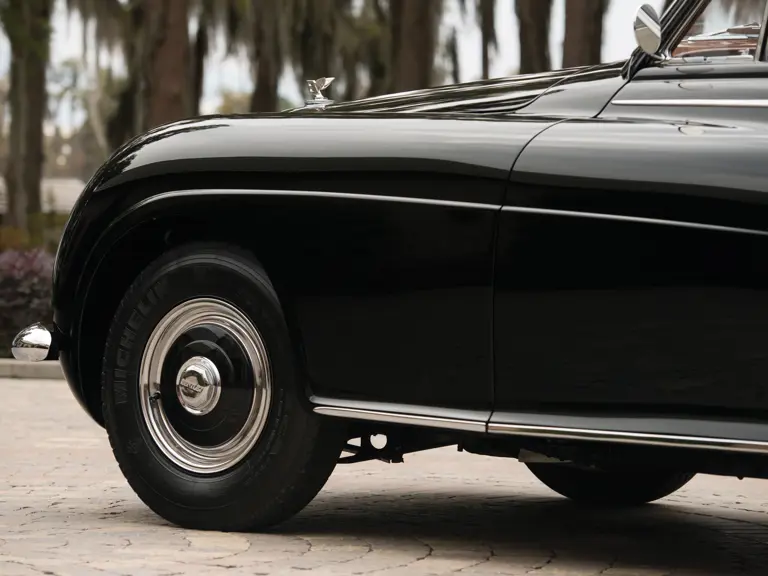
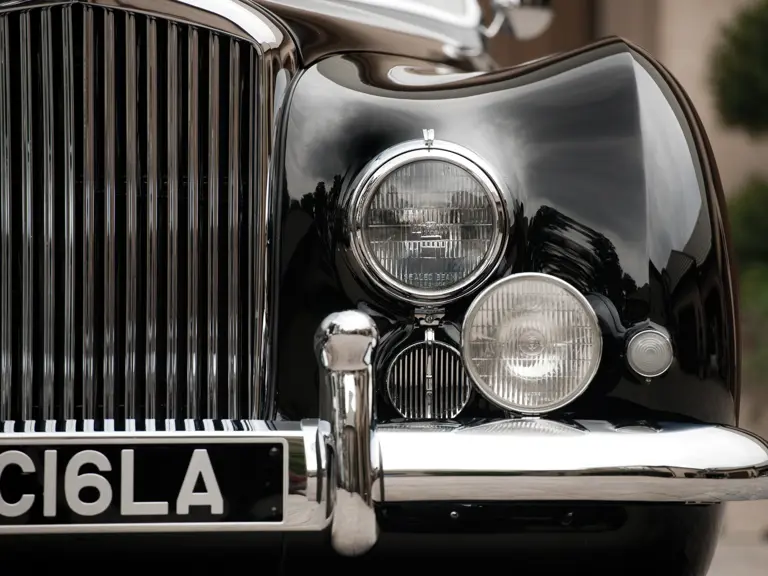
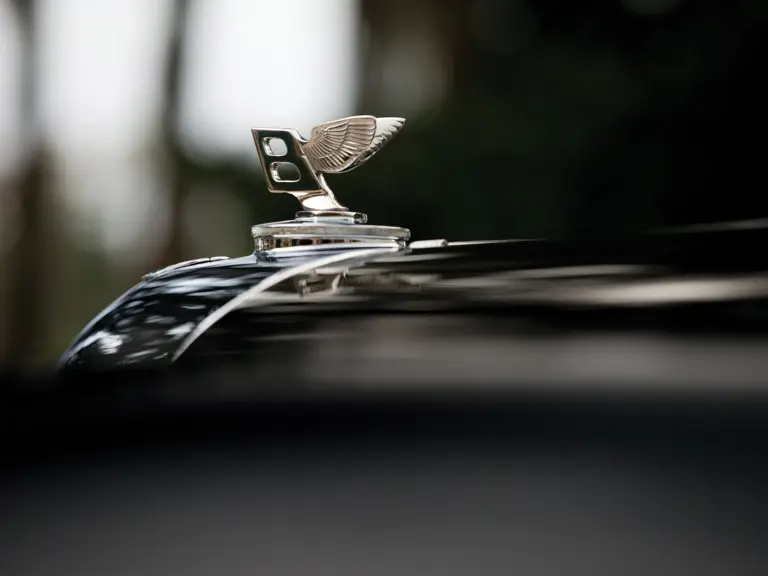
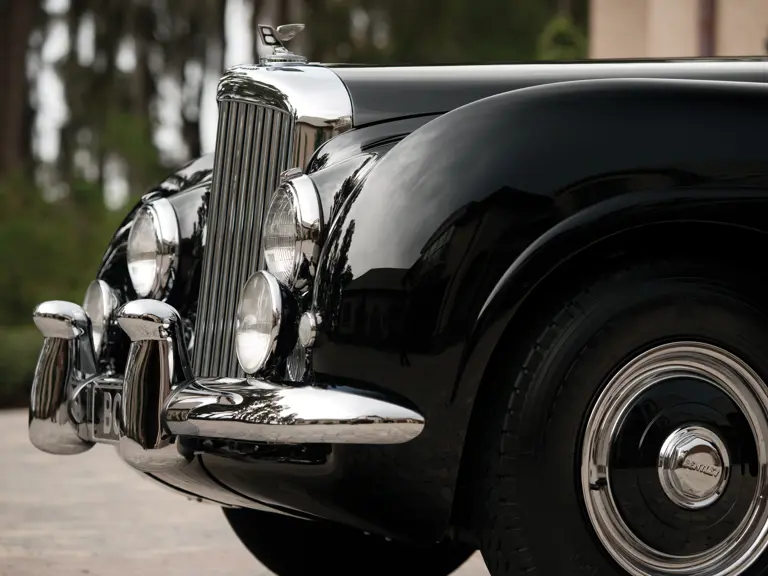
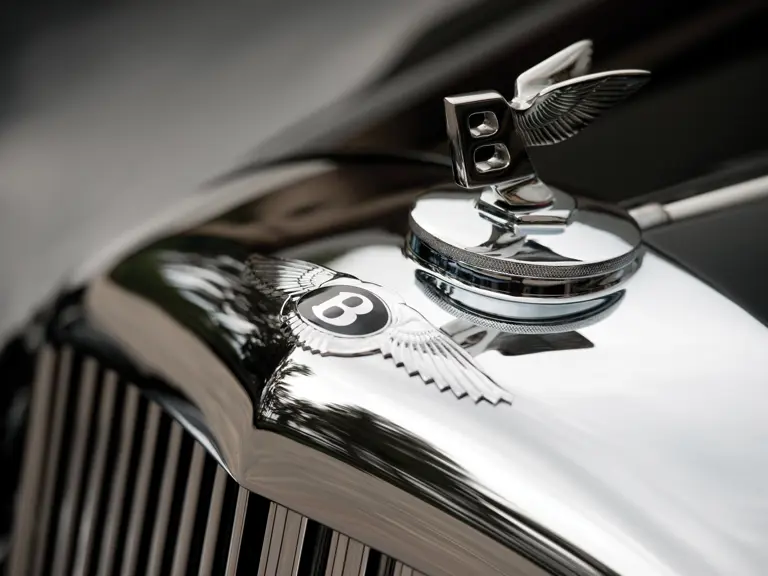
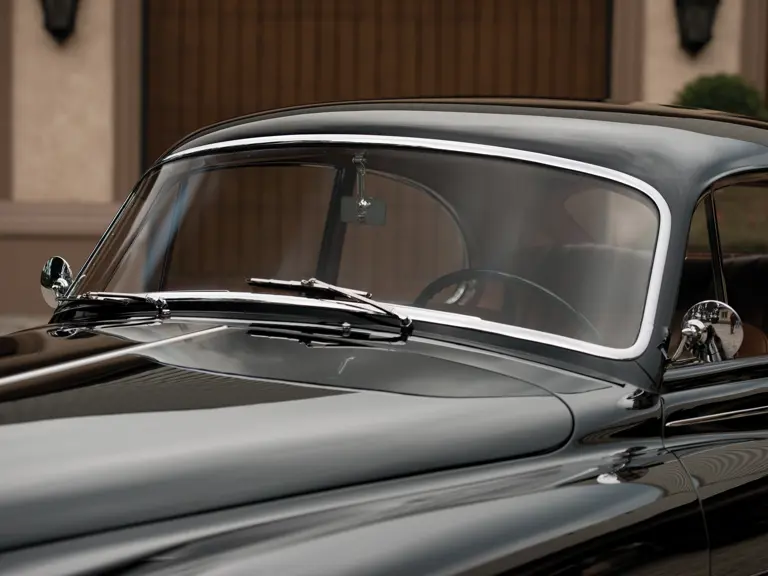
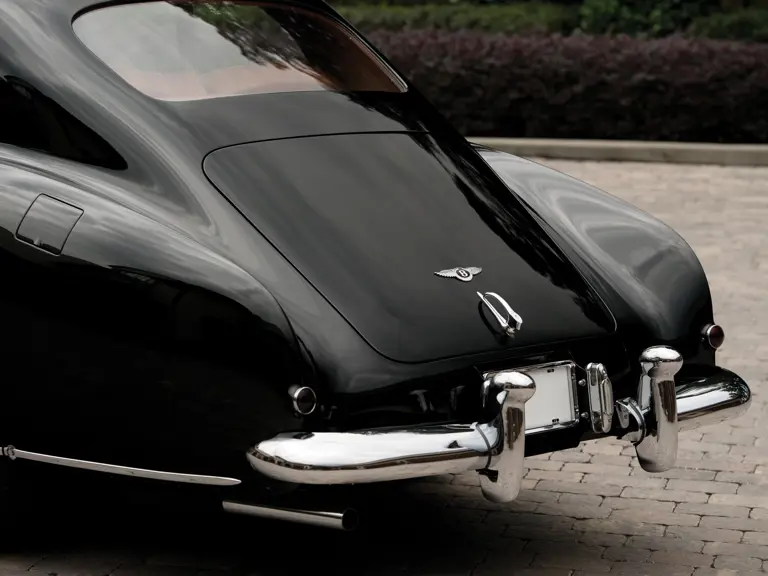
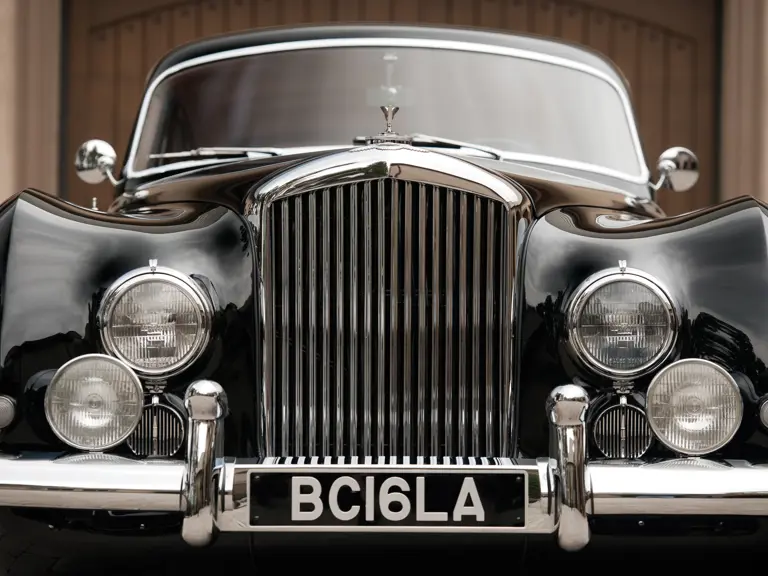
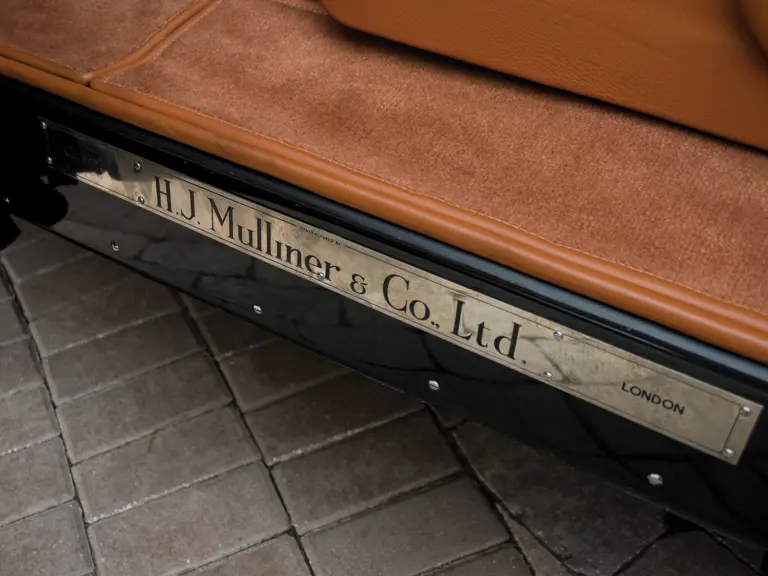
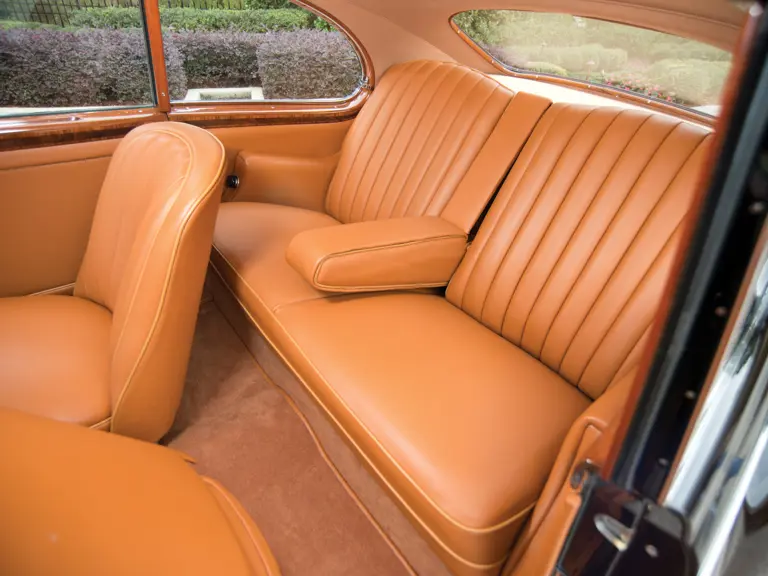
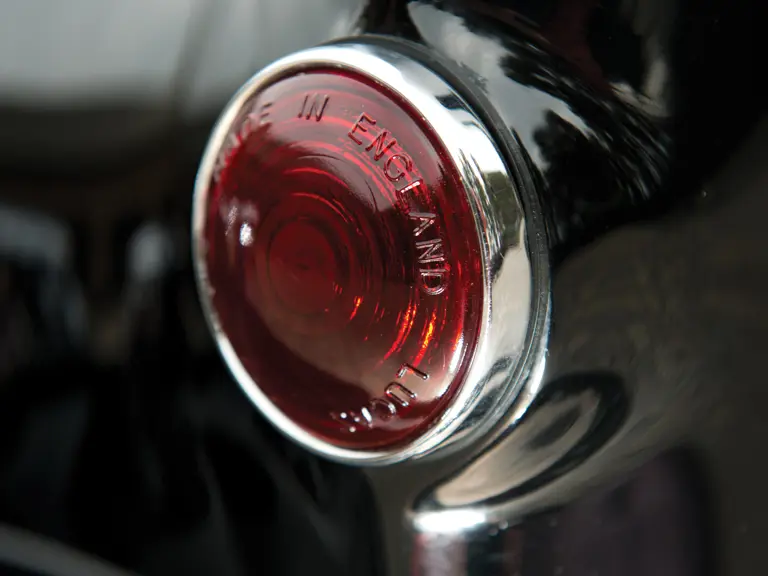

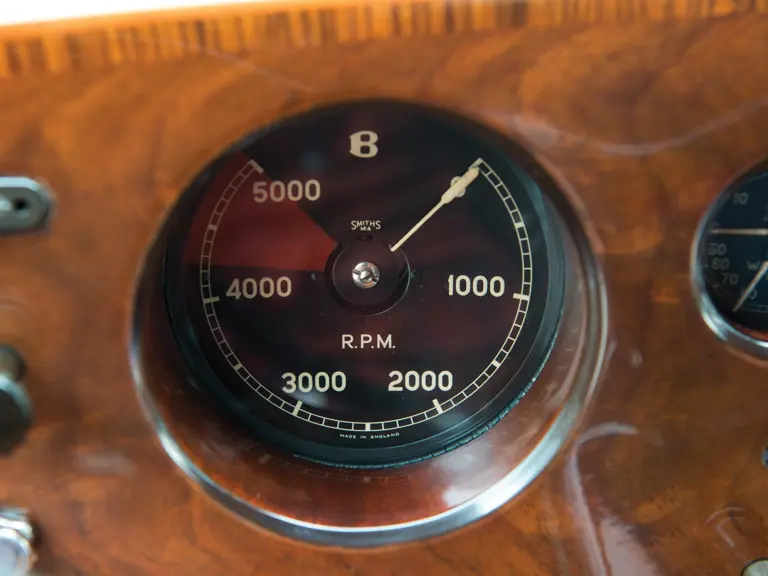
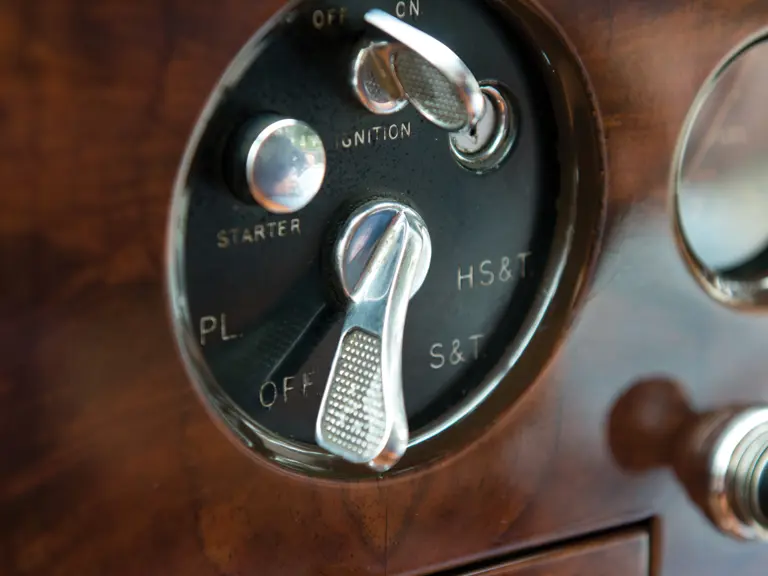
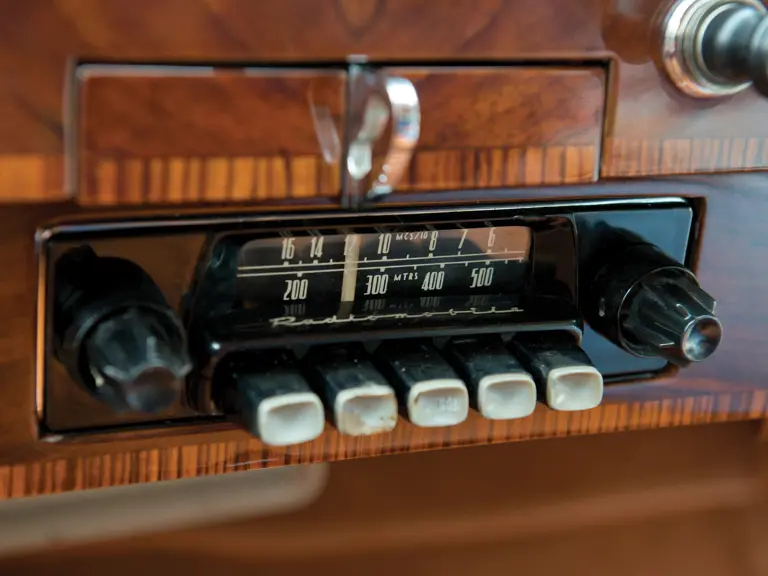
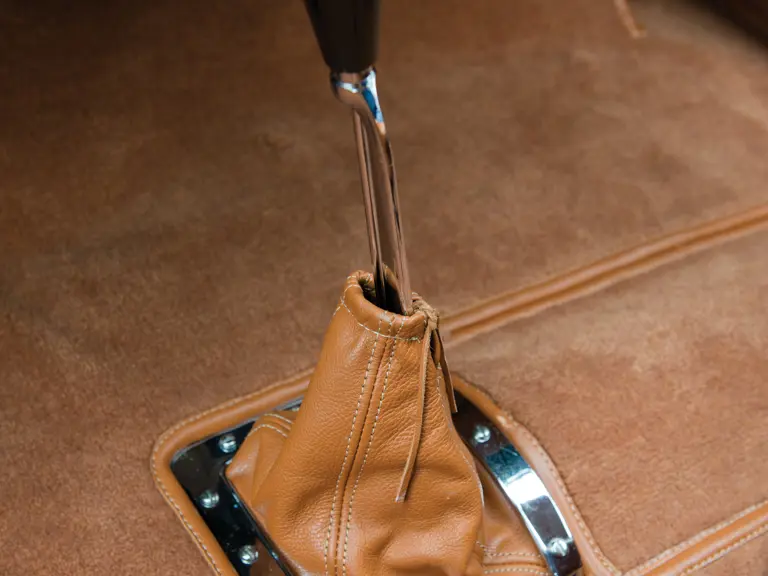
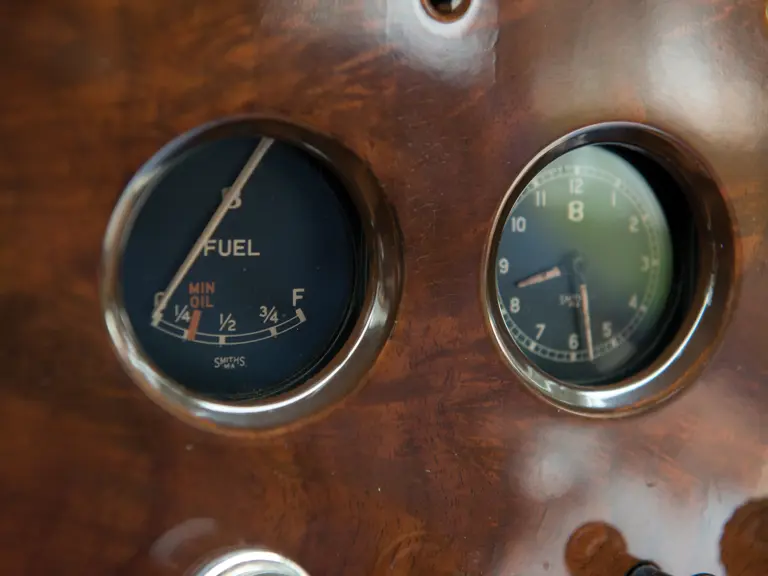
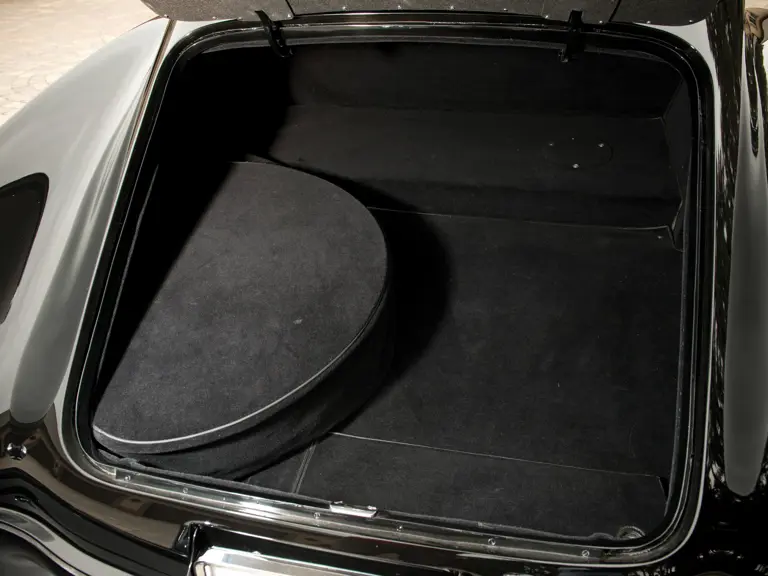
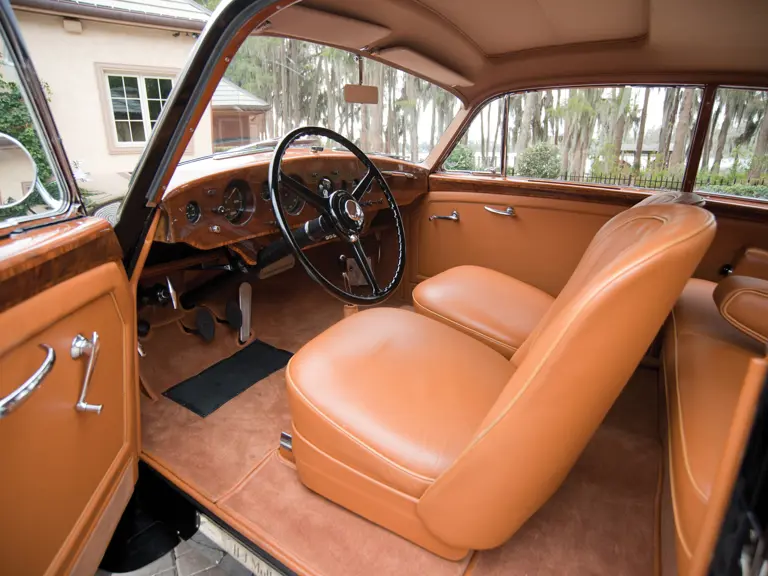
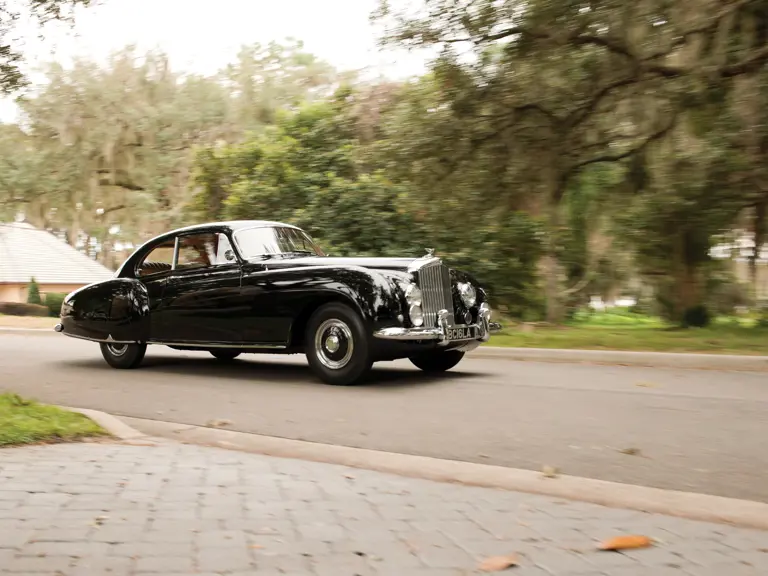
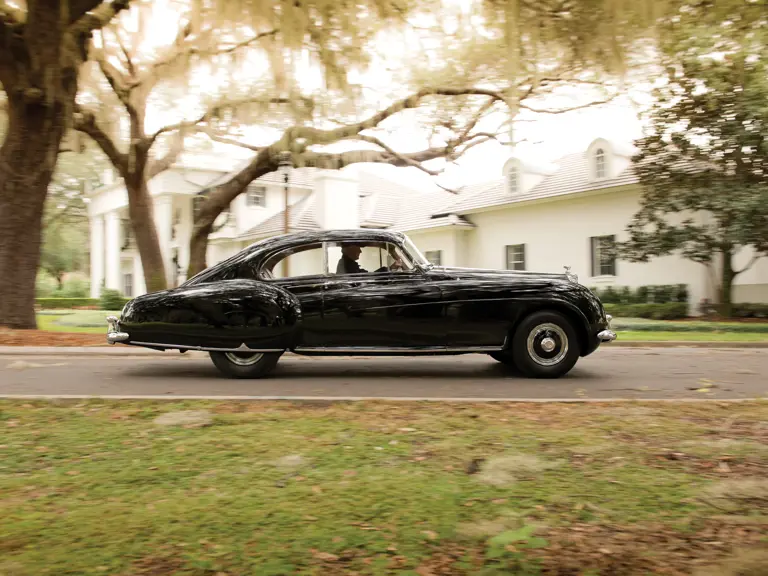
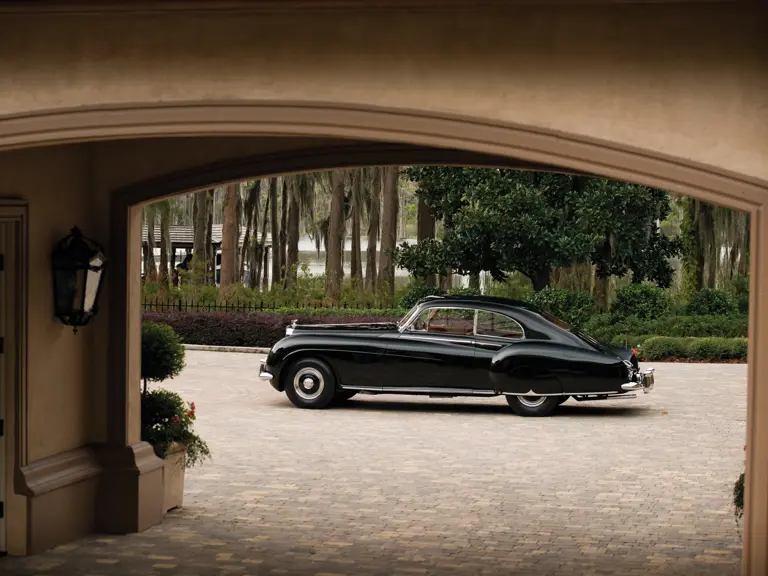
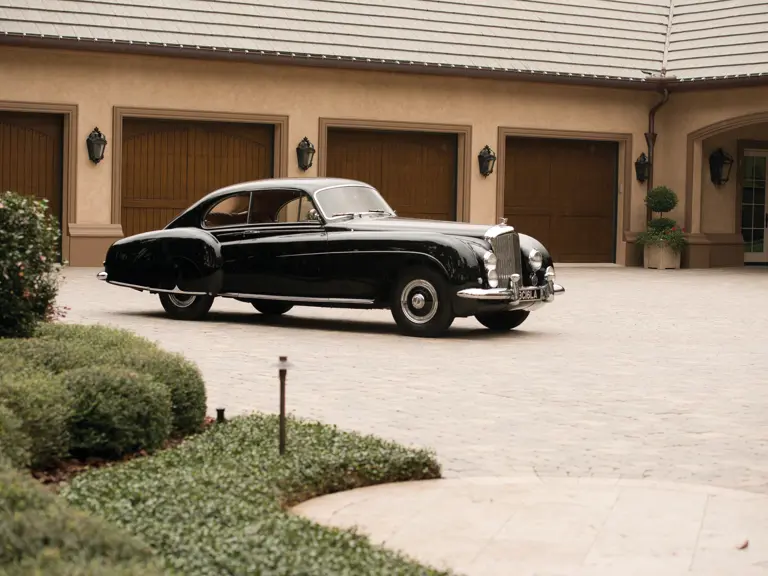
 | Phoenix, Arizona
| Phoenix, Arizona
